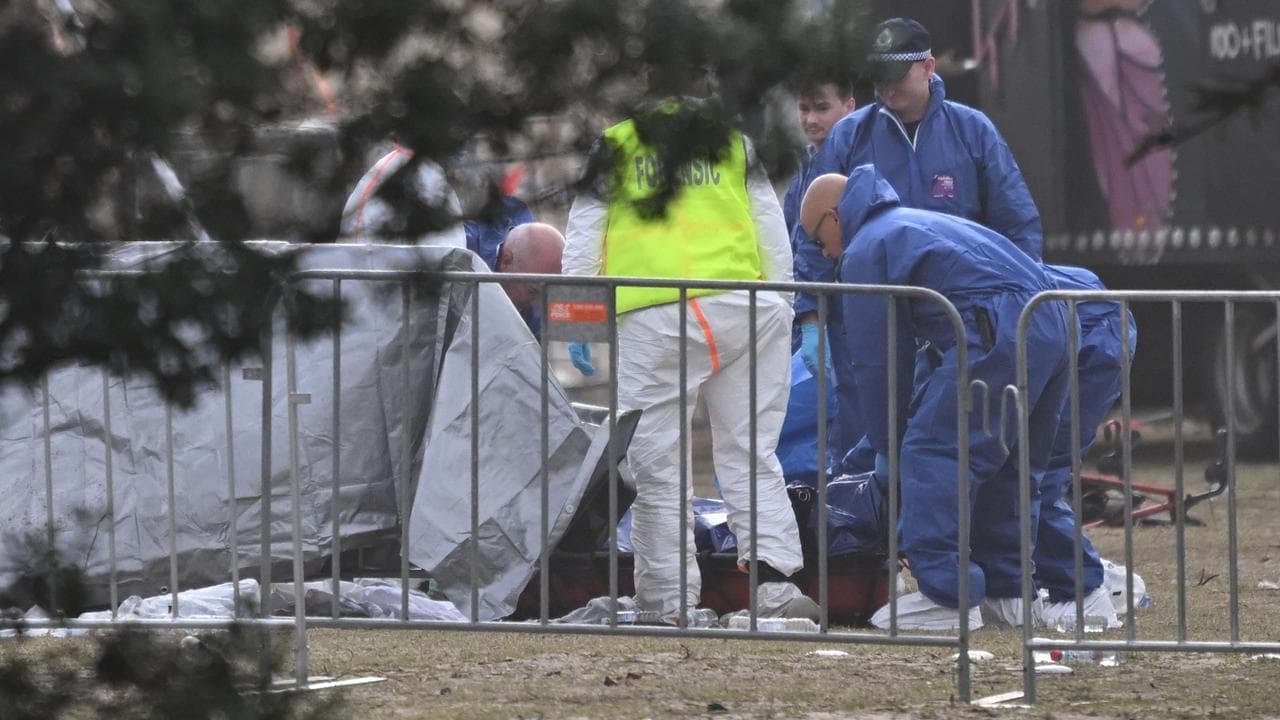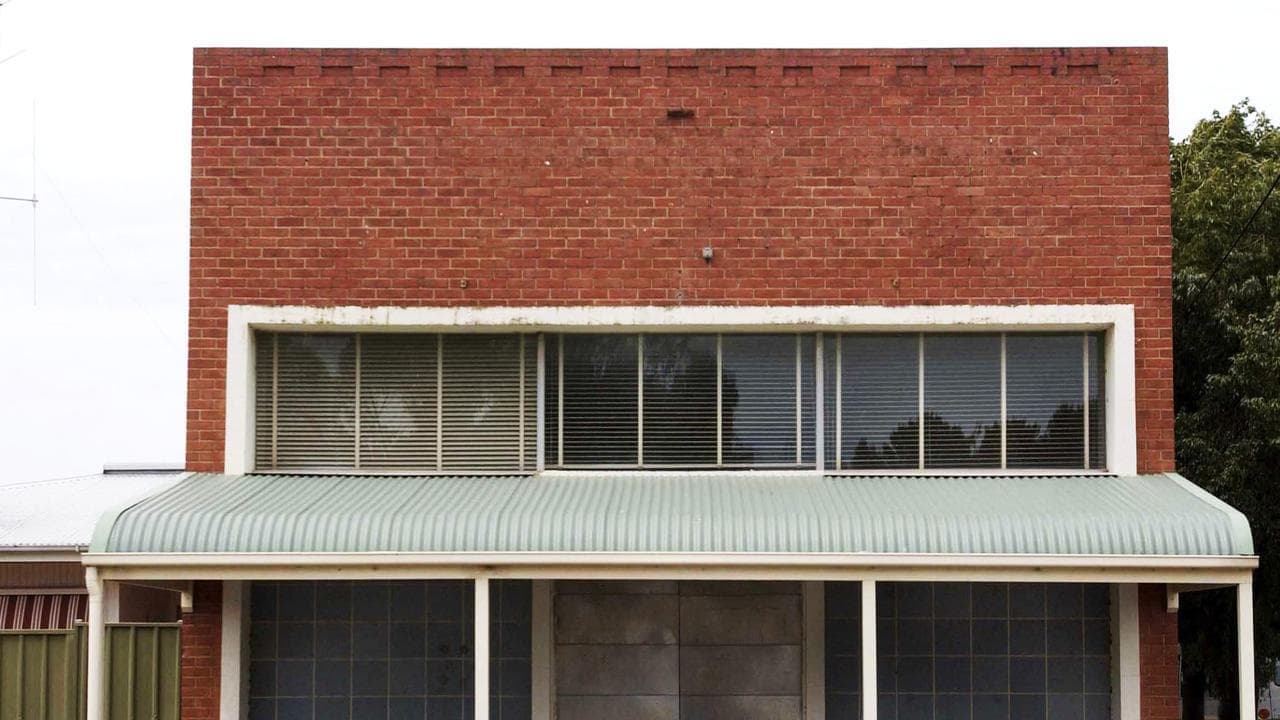WHAT WAS CLAIMED
Historic buildings in Sydney and Melbourne were constructed by the long-lost Tartarian empire.
OUR VERDICT
False. The history of the buildings is well documented. Tartaria is a fictitious online conspiracy.
Subscribers to a bizarre conspiracy theory claim that many of Australia's great historical buildings are the work of a mysterious long-lost civilisation called Tartaria.
This is false. The "Tartarian Empire" is a pseudo-historical conspiracy theory that has logical inconsistencies and no credible evidence.
The Australian buildings linked to the myth are said to have been constructed long before official records say they were erected.
Unfortunately for Tartarian tub-thumpers, grand structures such as Sydney's Queen Victoria Building (QVB) and Melbourne's Shrine of Remembrance have well-documented construction timelines.
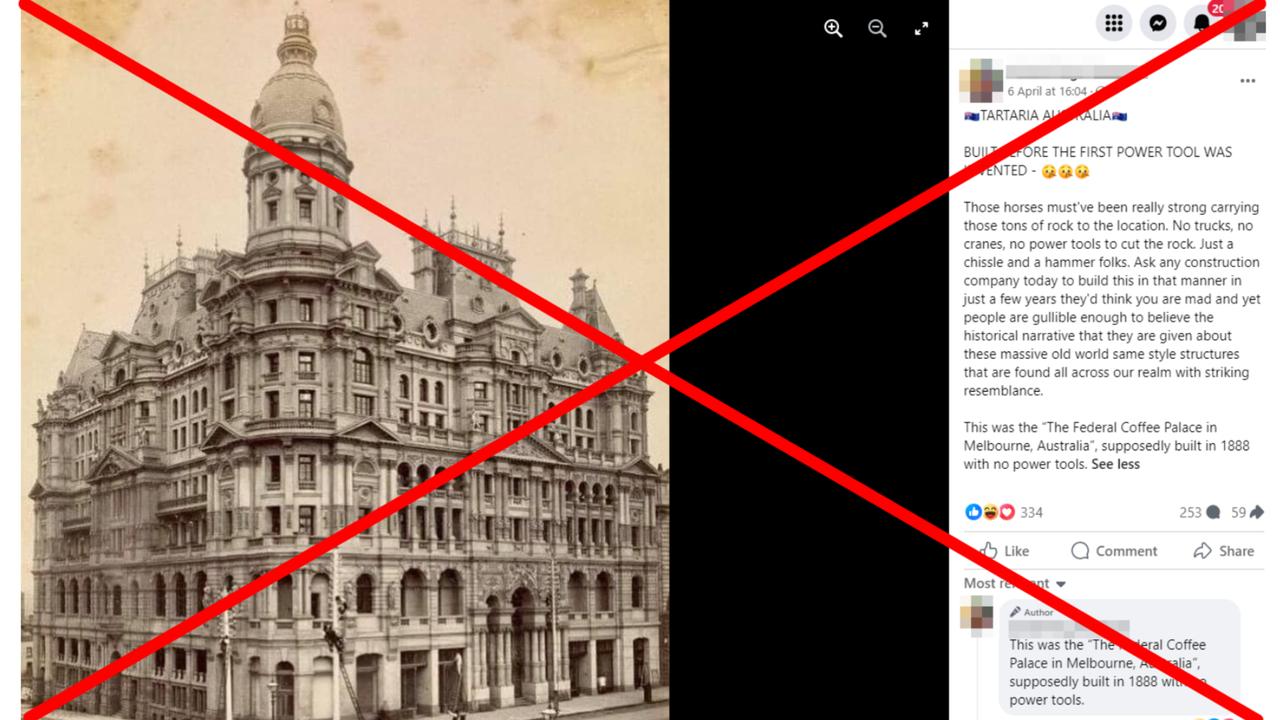
The Tartarian myth is spreading on Facebook as seen in this video, which shows a series of Sydney buildings from the 1800s, with the narrator claiming they're part of an inventory - Sydney's founders taking stock of "old world Tartarian architecture" that pre-existed the colony.
The same conspiracy theory is behind this post, which questions the true construction date of Melbourne's Shrine of Remembrance.
The construction date of the now-demolished Federal Coffee Palace in Melbourne is questioned in this post, while this reel claims Sydney's QVB "was built ... by an extremely, highly-intelligent past civilisation; now wiped out and deleted from all his-story books".
One of the myth's main proponents on YouTube claims a key feature of Tartarian builders was a particular type of architecture featuring "spires, towers, columns etc" (video mark 5min 05sec).
US science writer Brian Dunning, who hosts the long-running podcast Skeptoid, says videos about Tartaria first began appearing in August 2016, with claims the ancient empire was destroyed by a cataclysmic flood.
In the February 2021 podcast episode Tartaria and the Mud Flood, Dunning says adherents believe the disaster took place in the 1800s, wiping out a worldwide advanced civilisation.
He says believers see evidence of the mud flood in any old photos in which people are digging, especially if there's an old steam shovel or mule teams.
A Bloomberg feature in April 2021 on the Tartaria conspiracy found the overall premise is that the empire emanated from north-central Asia but influenced or built grand buildings across the world.
In the mud flood cataclysm and a subsequent cover-up, Tartaria's history was supposedly erased and ornate buildings were recast as the work of contemporary builders.
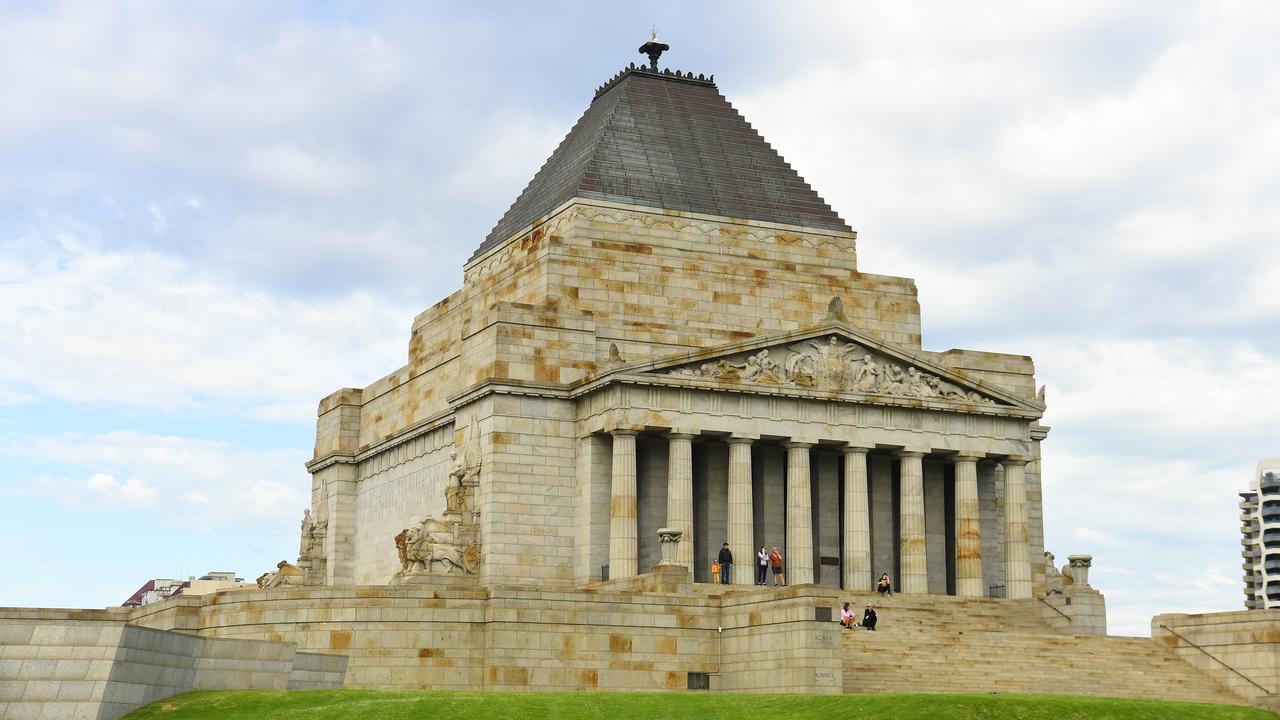
Dunning says the name Tartaria originates from "Tartars or Tatars", used by Europeans to describe inhabitants of a large area taking in Manchuria, Siberia and Central Asia.
Tartary or Tartaria was used on many pre-20th century maps, such as here, as a label for the region.
Nathaniel Lloyd, host of the podcast Historical Blindness, points to the absurdity of the conspiracy in his episode The Lost Empire of Tartaria.
Lloyd says it's ridiculous to claim "a global catastrophe happened sometime between the Industrial Revolution and the Gilded Age, and there is no record of it anywhere".
"And they don't even bother explaining how it only seemed to affect the Tartarians, and us lousy non-Tartarians escaped it just fine."
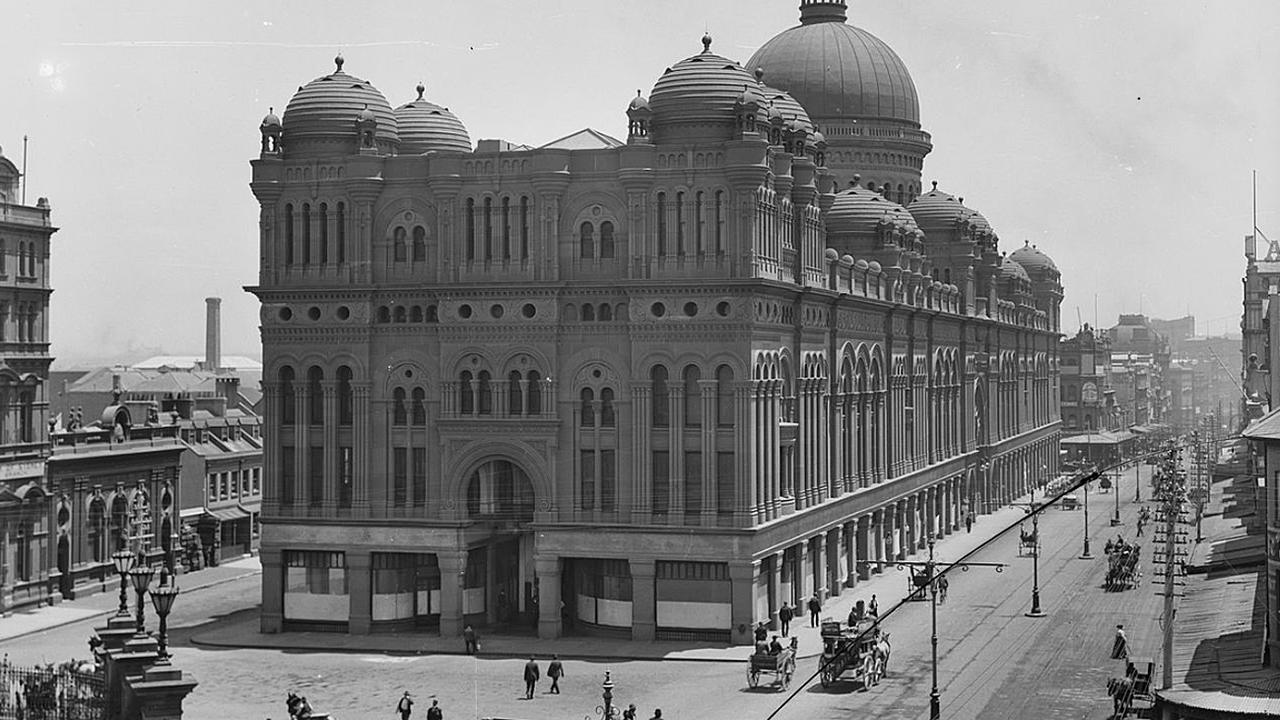
The Australian Facebook posts display the same inconsistencies and pay no regard to the well-documented history of buildings they claim are Tartarian.
The post alleging the QVB was built by a past civilisation ignores that it replaced the original Sydney markets and that city architect George McRae submitted four designs for the QVB facades: Gothic, Queen Anne, Renaissance and Romanesque. None of them were Tartarian.
This post about the Federal Coffee Palace infers builders in the 1800s would have been incapable of its construction "with no power tools", implying it was built by an advanced civilisation.
But architects Ellerker & Kilburn together with William Pitt designed the hotel. A story in The Age newspaper of November 21, 1885, talks about the hotel's construction being due to start in early 1886.
A post about the Shrine of Remembrance says it was supposedly built between 1918 and 1938, but claims a photo of men digging a trench near the shrine was taken in 1906.
A reverse image search shows the photo was taken during the Second World War. The shrine's foundation stone was laid in 1927 and it was officially opened in 1934.
The post which shows Sydney buildings and claims their style is "old world Tartarian architecture" includes the Treasury Building, which was constructed in 1851 under the direction of colonial architect Mortimer Williams Lewis.
It also shows Grantham House, built between 1837 and 1845 in a Gothic Revival style to match Sydney's Government House.
The Verdict
The claim that historic buildings in Sydney and Melbourne were constructed by the long-lost Tartarian empire is false.
The timelines of buildings are well documented, even in media reports of the day.
The Tartarian Empire conspiracy is full of logical inconsistencies and bizarre claims that make little sense and provide no credible evidence.
False — The claim is inaccurate.
AAP FactCheck is an accredited member of the International Fact-Checking Network. To keep up with our latest fact checks, follow us on Facebook, Twitter and Instagram.







